For the Central Alaska Yup’ik Eskimo, spirituality was focused largely on the need to secure food for hunting. As with other animistic hunting peoples, animals were felt to have souls which would be reincarnated. Thus, rituals sought to appease the soul of the animal so that it would give itself to the Yup’ik hunters who needed its meat.
In his entry on the Eskimo in the Encyclopedia of North American Indians, Charles Smythe writes:
“Animals were thought to resemble humans in having souls or spirits that could think, feel, and talk. Eskimos believed that animals would give themselves voluntarily to the hunter who acted properly toward them, and the purpose of many ritual practices was in fact to show respect for and give thanks to the spirits of animals taken for food.”
Many of the Yup’ik ceremonies involved the use of masks. In an article in American Indian Art, museum curator Eva Fognell writes;
“The elaborate masking tradition of the Central Yup’ik of southwestern Alaska centers on the spiritual quest of the hunt.”
Eva Fognell goes on to write:
“Masks symbolize the transformation of animals into humans, as well as shamanic ties between humans and the spirits of nature that exercise control over animals.”
With regard to ceremonial masks, Theodore Brasser, in his book Native American Clothing: An Illustrated History, writes:
“They ranged from realistic to distorted faces, to totally abstract creations. Miniature versions of the masks danced by the men served the women as finger masks in their pantomime dances.”
Today, many museums consider Yup’ik masks to be works of art. Shown below are some of the Yup’ik masks which have been displayed in the Portland Art Museum and in the Maryhill Museum of Art.
Portland Art Museum
Shown below are some of the Yup’ik masks which are on display in the Portland Art Museum.
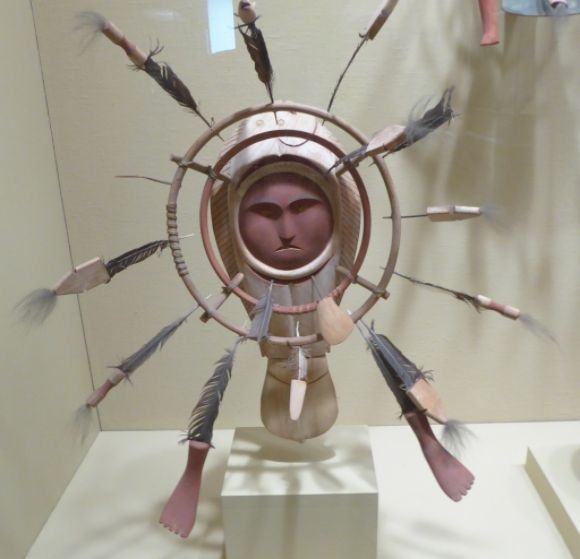 Shown above: mask made about 1940 from wood, feathers, paint, and sinew
Shown above: mask made about 1940 from wood, feathers, paint, and sinew  Shown above: mask made about 1940 from wood, feathers, paint, and sinew
Shown above: mask made about 1940 from wood, feathers, paint, and sinew 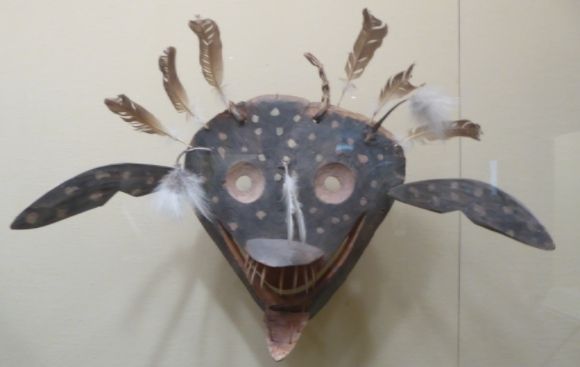 Shown above: mask made about 1900 from wood, feathers, paint, and sinew
Shown above: mask made about 1900 from wood, feathers, paint, and sinew 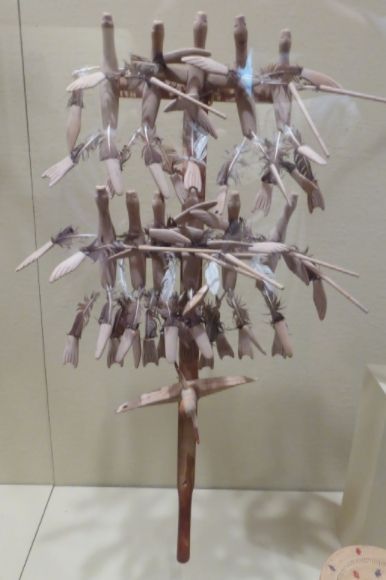 Shown above: a dance wand made about 1920-1930 from wood, feathers, paint, and sinew.
Shown above: a dance wand made about 1920-1930 from wood, feathers, paint, and sinew. 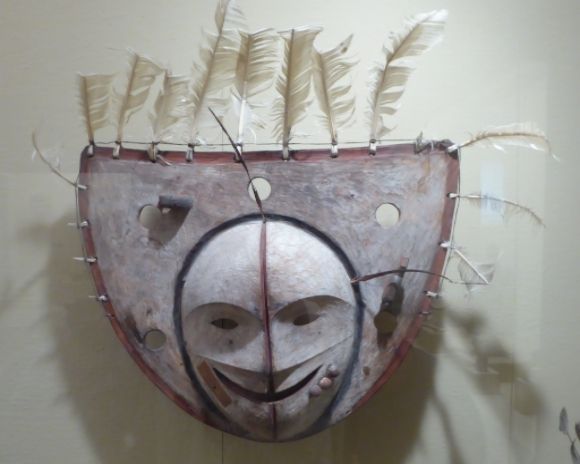 Shown above: mask made about 1900 from wood, feathers, paint, and sinew
Shown above: mask made about 1900 from wood, feathers, paint, and sinew 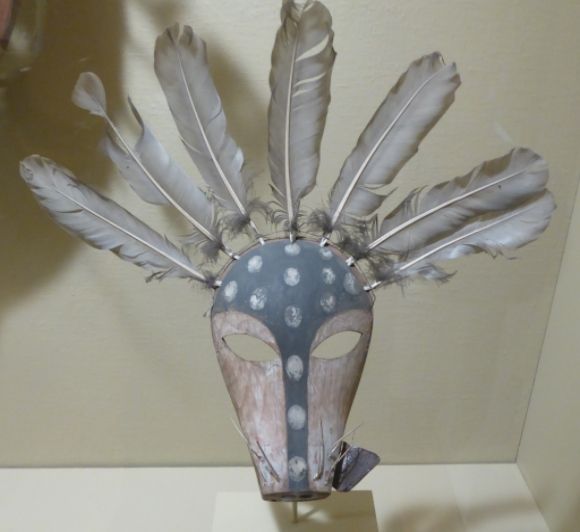 Shown above: a late nineteenth-century Yup’ik mask made from wood, feather, paint, and sinew
Shown above: a late nineteenth-century Yup’ik mask made from wood, feather, paint, and sinew
Maryhill Museum of Art
Shown below are the Yup’ik masks which are on display in the Maryhill Museum of Art near Goldendale, Washington. The masks shown below were made in the 1970s.
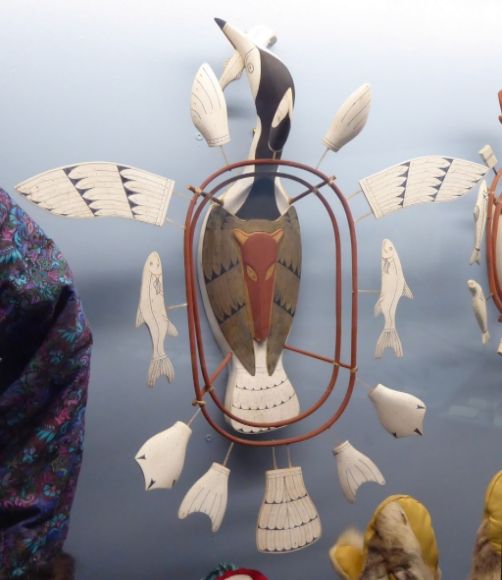 Shown above is a Loon Mask
Shown above is a Loon Mask  Shown above is a Human Mask
Shown above is a Human Mask 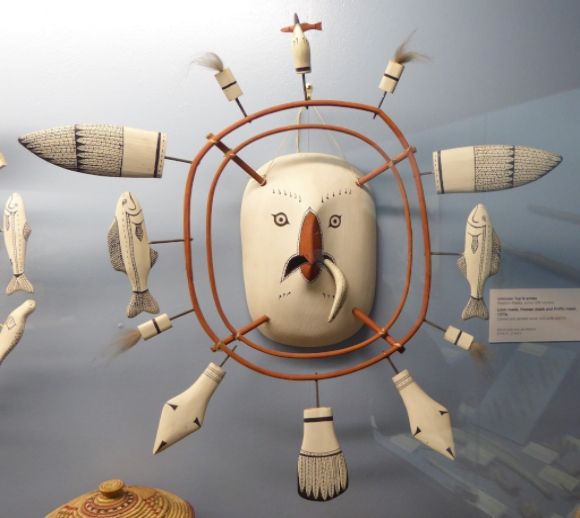 Shown above is a Puffin Mask
Shown above is a Puffin Mask
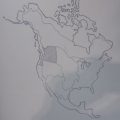
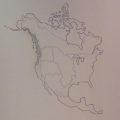
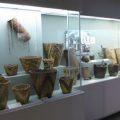
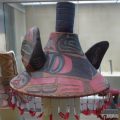
Leave a Reply